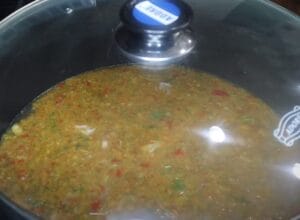As a food blogger at Food And Meal, I’m always eager to discover new and unique recipes from around the world. During a recent exploration of African cuisine, I came across an intriguing dish called Superkanja that immediately piqued my interest.
My mind filled with visions of this hearty bean and vegetable stew, redolent with the warming spices of cumin, garlic and chili. Fond memories of meals from my childhood came flooding back, when my grandmother would lovingly prepare flavorful stews that brought our family together.
I knew I had to try making Superkanja myself. Carefully following the recipe method, I sautéed the aromatics then simmered the beans and vegetables until tender. As the stew bubbled away, my kitchen filled with the comforting, enticing smells of an African market.
When ready, I eagerly dished up a bowl and took my first bite – a symphony of textures and complex flavors unfolded across my palate! The beans and vegetables mingled in a deeply satisfying medley that warmed me from the inside out. This was soul-food at its finest.
I can’t wait for you to cozy up with a steaming bowl of this wonderful Superkanja yourself. Perfect for chilly nights when you crave a hearty, comforting meal that fills your home with joyful aromas. Now, if you’ll excuse me, I’m going to enjoy another spoonful!
Superkanja (Gambian okra stew) recipe
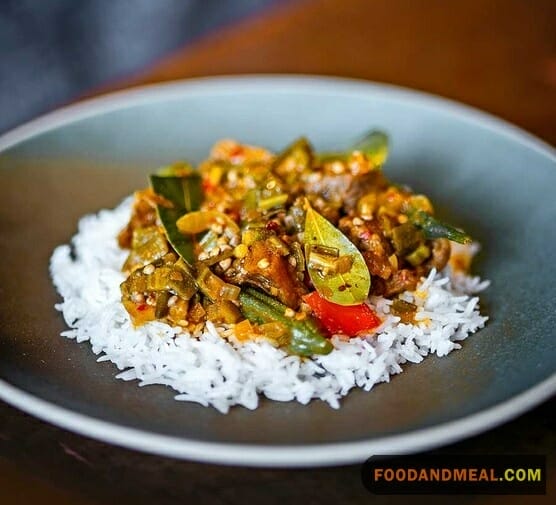
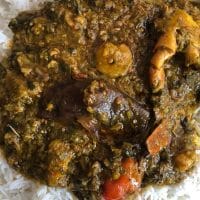
Superkanja (Gambian okra stew) recipe
Equipment
Ingredients
- 2 lbs lean beef
- 2 cups of palm oil
- 2 medium onions
- 1 lb smoked catfish or any fish
- 2 lbs okra diced into small cubes
- Pepper and salt to taste
- ¼ teaspoon Baking powder
- 8 cups of water
Instructions
- Cut the meat into chunks and wash thoroughly

- Boil the meat and fish in a pot with enough water for 15 minutes. Then remove the fish from the pit.

- Add salt, onions, pepper, and diced okra to the pot and mix well.

- Cook over medium heat for 15 minutes, and then add the palm oil.

- Reduce heat to low and simmer for 20 minutes. Stir occasionally
- Add the fish back to the pot and simmer for 6-10 minutes on low heat.

- You can also add crabs and shrimps to the dish if you so wish.

- Serve with white rice or fufu.
Notes
Nutrition
© Food And Meal
This website provides approximate nutrition information for convenience and as a courtesy only. Nutrition data is gathered primarily from the Spoonacular Database, whenever available, or otherwise other online calculators.
Alternative Method: Superkanja in a Slow Cooker
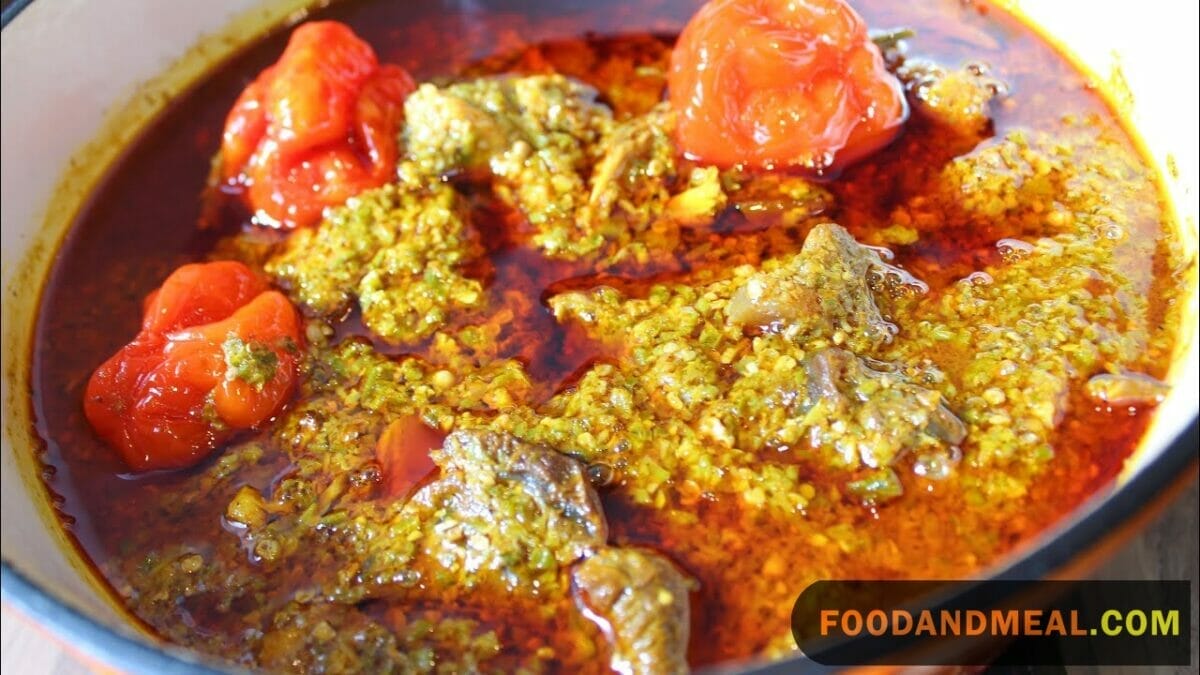
To prepare Superkanja, start by draining and rinsing soaked black-eyed peas. Combine them in a slow cooker with butternut squash, okra, kale, sweet potatoes, bell peppers, onion, and minced garlic. Add ground turmeric, paprika, cayenne pepper, salt, and pepper, ensuring even distribution. Optionally, include smoked turkey or ham hock for added flavor. Pour in vegetable broth to submerge all ingredients, then set the slow cooker to low for 6-8 hours. The slow cooking melds flavors, making the vegetables tender. Adjust seasoning, remove any added meat, and serve the hot Superkanja garnished with fresh herbs or paprika.
Tips for making Superkanja
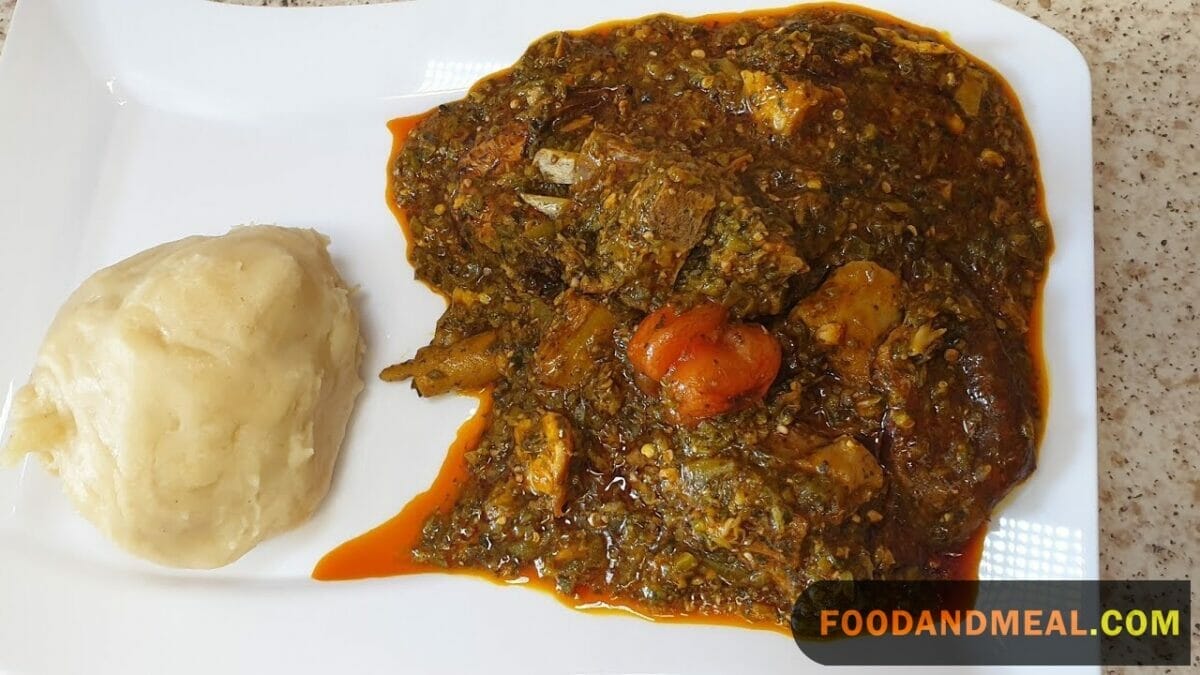
Serving Suggestions
The hearty Superkanja stew would pair nicely with lighter side dishes to balance the flavors. For some brightness, try serving it alongside a refreshing Thai Green Chicken Salad or a Thai Sesame Chicken Salad. The tangy dressings contrast nicely with the warming spices of the stew.
You could also serve Superkanja with some Thai Steamed Pandan Cakes for dessert. The sweet coconut flavor complements the rich beans and vegetables perfectly.
For heartier sides, Superkanja would go well with Spicy Thai Prawn Noodles, Korean Spicy Cold Noodles, or Crispy Vermicelli Rice Noodles. The mix of textures and flavors, from the tender noodles to the hearty stew, makes for a satisfying meal.
No matter what you pair it with, a steaming bowl of Superkanja stew makes for some cozy, flavorful comfort food.
Cooking Tips
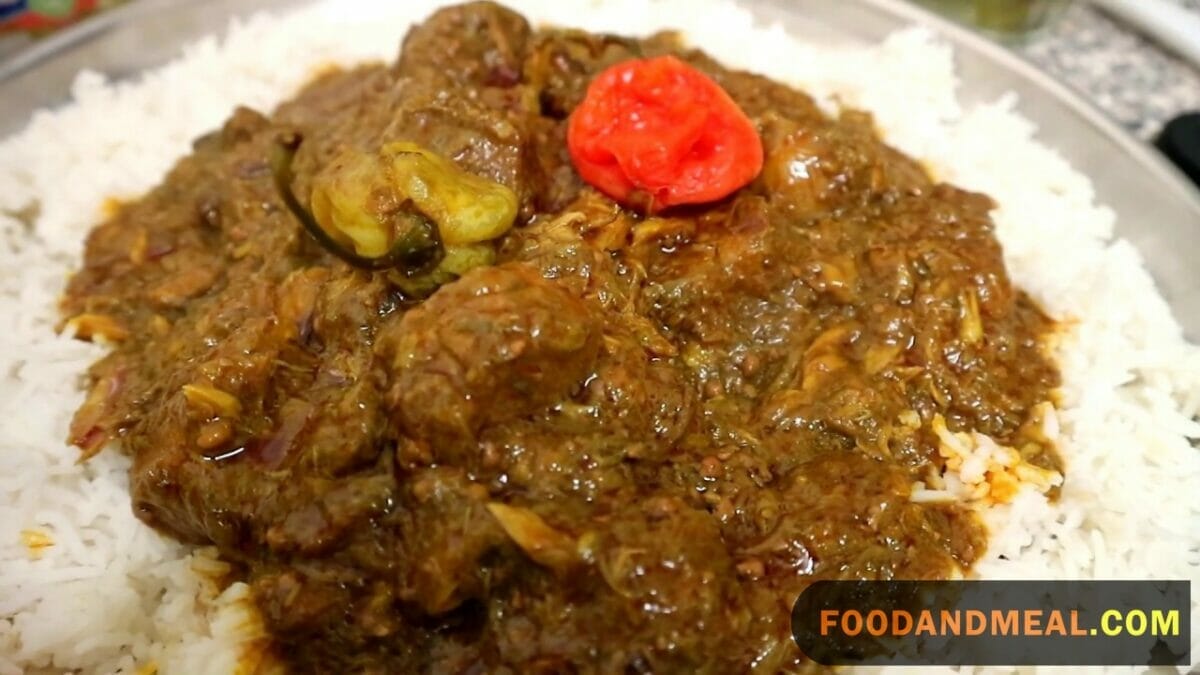
I fondly remember my first attempt, when my excitement to try this new African recipe led me to rush the process. My hasty chopping resulted in unevenly cooked vegetables, and impatience with simmering led to tough beans in watery broth. As I sadly stared at the unappetizing results, I realized I needed to slow down and savor each step.
The second time around, I relished preparing the ingredients – carefully browning the aromatic spices to release their essential oils and slowly simmering the beans with vegetables until tender. As the stew bubbled away, my kitchen filled with the comforting, enticing smells of an exotic market.
When ready, I eagerly dished up a bowl and took my first bite – a symphony of textures and complex flavors unfolded across my palate! The beans and vegetables mingled in a deeply satisfying medley that warmed me from the inside out. This was soul-food at its finest.
I’ve now made this wonderful Superkanja many times, and have learned to appreciate the care and attention it requires. Let the dish teach you patience as you chop, cook, and stir. Then reward yourself with a mouthwatering meal that fills your home with joyful aromas
Frequently Asked Questions about Superkanja
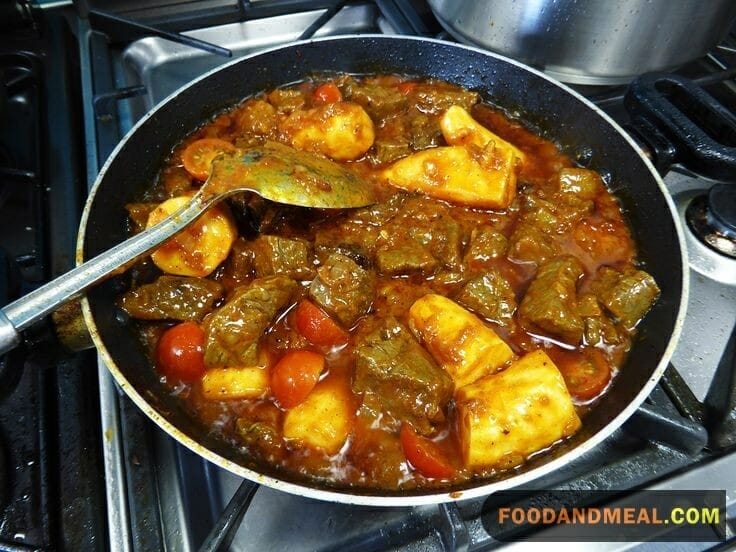
- Can I use canned black-eyed peas instead of dried?Yes, you can. Using canned black-eyed peas can save you time, but the dried ones provide a slightly different texture. If you go with canned peas, rinse them thoroughly before adding to the soup.
- Can I make Superkanja vegetarian or vegan?Absolutely! Omit the smoked turkey or ham hock for a vegetarian or vegan version. You can enhance the flavor with vegetable broth and a dash of liquid smoke.
- How do I store leftover Superkanja? Allow the soup to cool to room temperature before transferring it to an airtight container. Refrigerate for up to 3-4 days or freeze for longer storage.
- Can I add other vegetables to Superkanja?Certainly! Superkanja is versatile. You can experiment with other veggies like carrots, celery, or spinach to create your unique version.
- Is Superkanja gluten-free? Yes, it is naturally gluten-free. However, if you plan to serve it over rice or with bread, make sure those components are also gluten-free if needed.
Conclusion
I hope you’ll take the time to make your own batch of this versatile Superkanja. As I learned firsthand, a little patience and care goes a long way towards creating an incredible flavor enhancer for all types of dishes.
Be sure to visit Food And Meal at foodandmeal.com for the full, step-by-step recipe along with more inspirations for Japanese home cooking. Let us know how your Shio Tare turns out by leaving a comment below or tagging @foodandmeal on social media.
Happy cooking! I’ll be putting my latest batch of sauce to good use in a hot pot this weekend.




